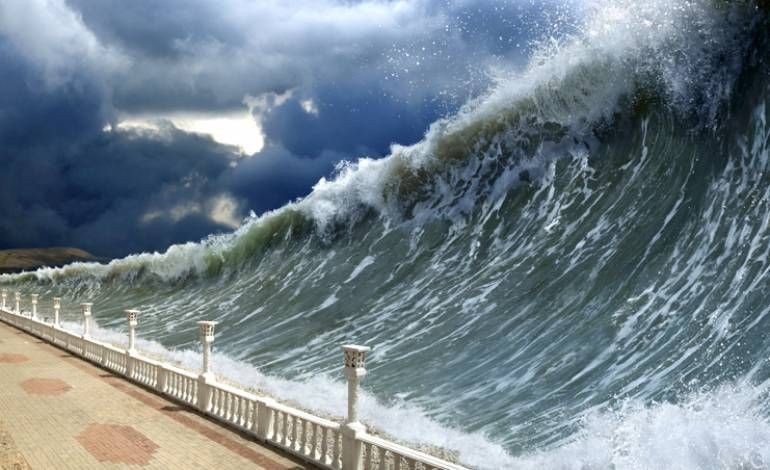Elon Musk believes there is a path for the SpaceX Super Heavy Starship (SHS) to be built for less than a Falcon 9. Currently, a single use SpaceX Falcon 9 can be purchased for about $62 million. The estimates for the cost of the SpaceX Super Heavy Starship (SHS) are about $250 to 400 million.
The current design of the SpaceX SHS has 38 Raptor engines. There are 31 Raptor engines in the Super Heavy booster and seven in the Starship upper stage. There are 9 Merlin engines in the SpaceX Falcon 9.
This will sound implausible, but I think there’s a path to build Starship / Super Heavy for less than Falcon 9









